TYPES OF FUNCTIONAL MUSHROOMS
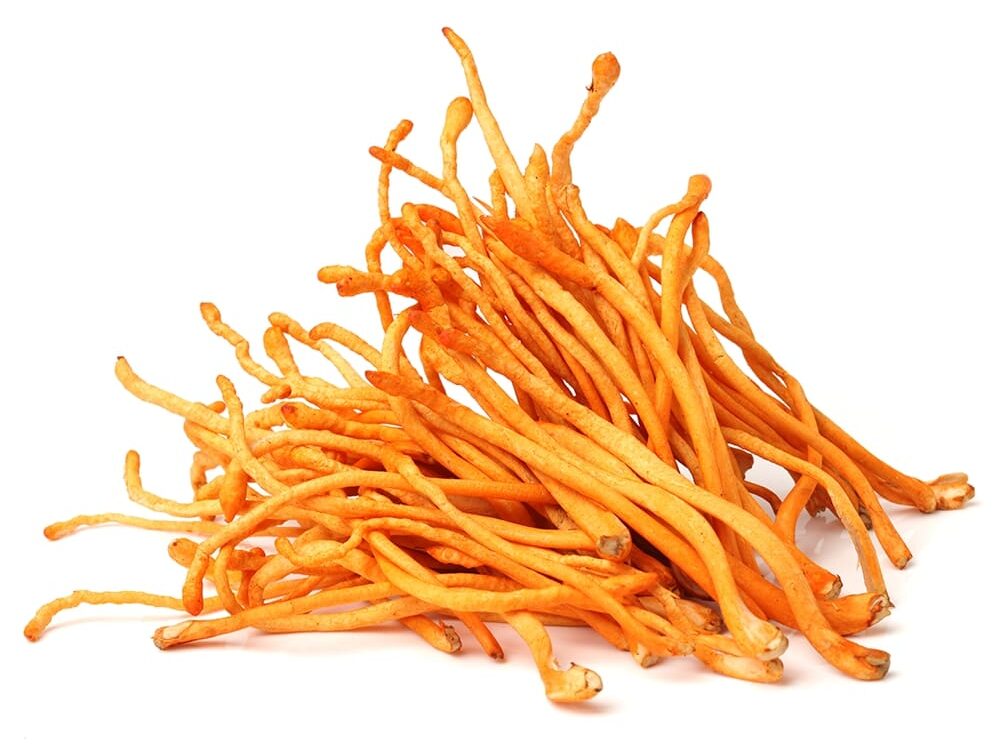
"Nature's Miracle Booster"
CORDYCEPS
Cordyceps contains polyphenols, which can act as antioxidants or help boost antioxidant activity. Antioxidants are molecules that fight cell damage by neutralizing free radicals, which can otherwise contribute to disease and aging.
A 2024 study that analyzed Cordyceps extract in a test
tube and then tested it in a clinical trial with 40 human participants found that the fungus may have adaptogenic properties, meaning it may help the body cope better with stress. The extract also appeared to have antioxidant
properties and increased the production of collagen in the skin.

"The Queen of Mushrooms"
REISHI
Reishi mushrooms are a powerhouse for skincare, offering benefits like reducing redness, fighting fine lines, and deeply hydrating the skin. Packed with ergothioneine and glutathione, they may combat free radicals, prevent premature aging, and enhance sun protection. Their adaptogenic properties help soothe inflammation, calm redness, and promote healthier skin. The polysaccharides in reishi provide intense hydration, smoothing fine lines and strengthening the skin’s moisture barrier. Additionally, reishi extract inhibits melanin production, helping to fade acne scars and reduce pigmentation for a more even complexion.

"Black Gold"
CHAGA
Chaga mushrooms are rich in potent antioxidants that shield skin cells from oxidative stress, a key cause of premature aging. By neutralizing free radicals, they help reduce wrinkles and skin sagging. Their polysaccharides, which attract and retain water, deeply hydrate the skin, promoting a plump, smooth appearance. Acting as humectants, they lock in moisture and reinforce the skin barrier, forming a protective film that enhances resilience against environmental stressors and supports overall skin health.
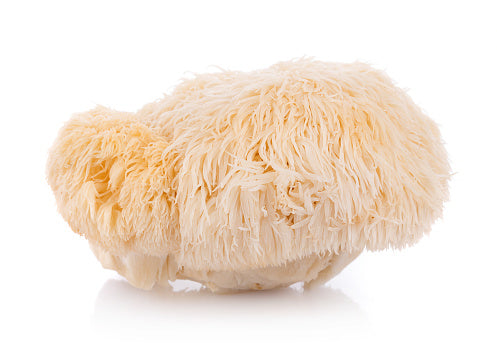
"Mountain Priest"
LION'S MANE
Lion’s mane is a powerful mushroom for anti-aging skincare, supporting collagen production to reduce fine lines and aid wound healing. Rich in polysaccharides, erinacines, and antioxidants, it protects against free radicals and inflammation while promoting nerve cell growth and regeneration, offering both skincare and overall health benefits.
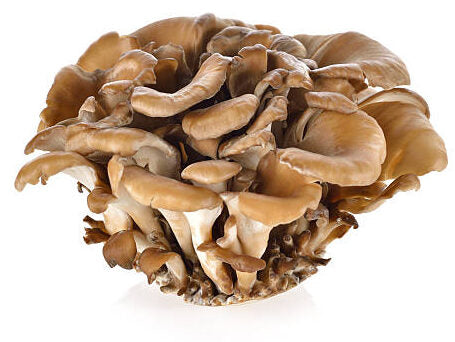
"Hen of the Woods"
MAITAKE
With its beta-glucans and an array of beneficial compounds, maitake contributes to the moisturizer's
efficacy. Antioxidants like vitamin C and selenium found in maitake help shield the skin against cellular damage, while its high mineral content, including potassium, helps maintain optimal moisture balance. Maitake's skin-brightening properties come from kojic acid, which inhibits the production of melanin, reducing the appearance of dark spots and promoting a more even skin tone.

"Black Forest Mushroom"
SHIITAKE
Shiitake mushrooms are rich in ergothioneine, a powerful antioxidant that protects skin from free radical damage, helping to maintain a youthful appearance. They also contain kojic acid, which evens skin tone and reduces discoloration by inhibiting melanin production. Additionally, their beta-glucans reduce inflammation, soothing irritated skin and promoting healing, making them beneficial for conditions like acne, eczema, and psoriasis.

“Powerful Polysaccharides”
TURKEY TAIL
Turkey tail mushrooms are the fruiting bodies of a fungus that grows on wood. Known for its potential to support various aspects of wellness, this mushroom has been a staple in ancient herbal concoctions, embodying the age-old Asian belief of nature's role in
supporting human health.
Turkey tail mushrooms contain antioxidants such as phenols and flavonoids that can support skin health. Some scientific literature suggests that these antioxidants can help maintain skin integrity and promote its well-being.
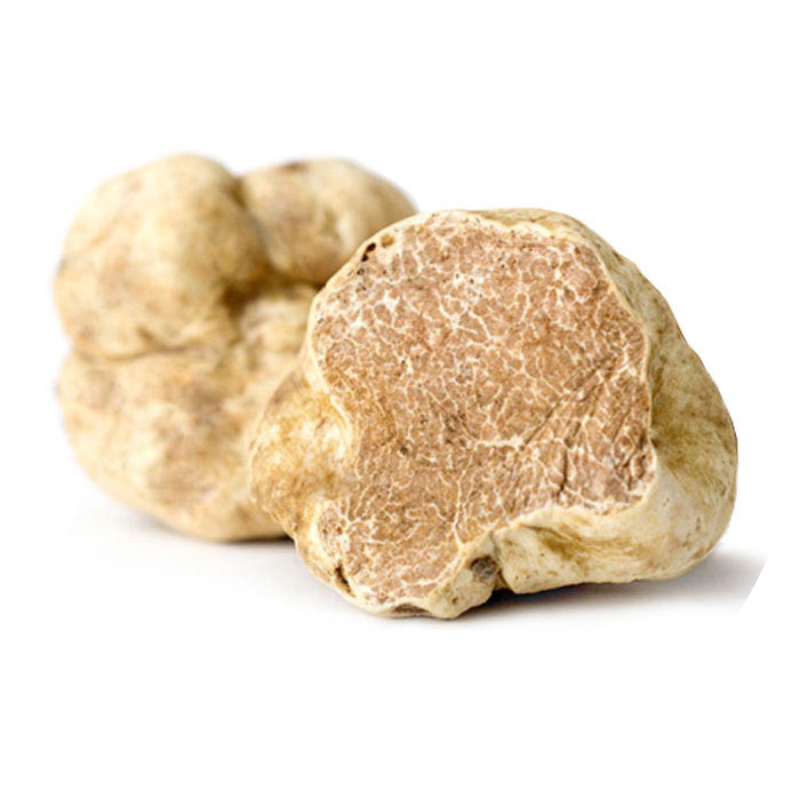
“Mozart of Mushrooms”
WHITE TRUFFLE
White truffle is a skincare powerhouse, offering multiple benefits for the skin. Rich in essential oils, it provides deep hydration, leaving the skin soft and supple. Its antioxidants and vitamins help reduce fine lines and wrinkles, promoting a more youthful appearance. Known for its brightening properties, white truffle improves skin tone and diminishes dark spots and unevenness. Packed with vitamins and minerals, it nourishes the skin, enhancing overall health and radiance. Additionally, its elastin and collagen content boosts firmness and elasticity, while its gentle nature soothes redness and irritation for a calm, balanced complexion.
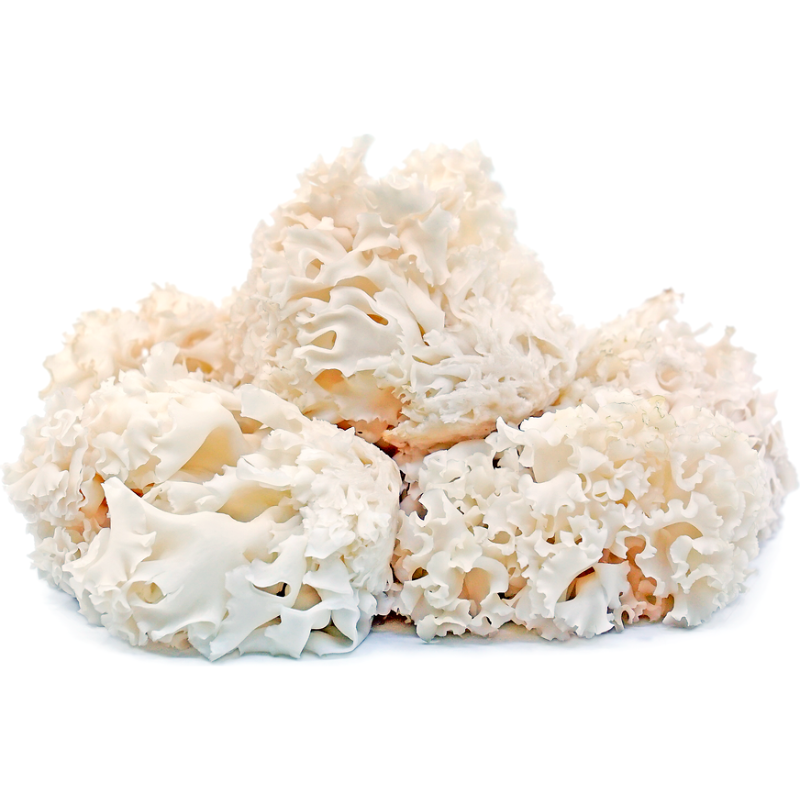
“The Elusive Mushroom”
CAULIFLOWER
The Cauliflower Mushroom (Sparassis crispa) is a top medicinal mushroom for skin health, known for its beauty-boosting benefits. Rich in B vitamins, it keeps skin healthy and radiant. Research shows it reduces water loss, enhances collagen production, and supports fibroblast activity, helping to minimize wrinkles and other signs of aging.

“Lawyer’s Wig”
SHAGGY MANE
A 2020 study published in the International Journal of Medicinal Mushrooms highlighted the shaggy mane mushroom (Coprinus comatus) as an excellent candidate for cosmeceutical formulations aimed at combating skin aging and hyperpigmentation. The study demonstrated that this mushroom possesses powerful antioxidant properties, which protect the skin from free radical damage and oxidative stress, both of which contribute to premature aging. Additionally, its moisturizing abilities help to maintain skin hydration, promoting a plump, smooth, and healthy complexion. The mushroom also exhibited significant skin-whitening effects by reducing melanin production, making it particularly effective for addressing uneven skin tone and discoloration. These combined benefits make the shaggy mane mushroom a promising natural ingredient for skincare applications.

“Silver Ear”
SNOW
Board-certified dermatologist Dendy Engelman, MD, the director of dermatologic surgery at Metropolitan Hospital in New York City, says the fungus acts similarly to that
of hydration powerhouse hyaluronic acid by pulling moisture to the skin.
Hyaluronic acid can hold up to 1,000 times its weight in water, so finding an all natural match for its hydrating power is pretty major.
And snow mushroom has an extra edge. "The particles are smaller than hyaluronic acid, so it penetrates the skin more easily," says Dr. Engelman.
